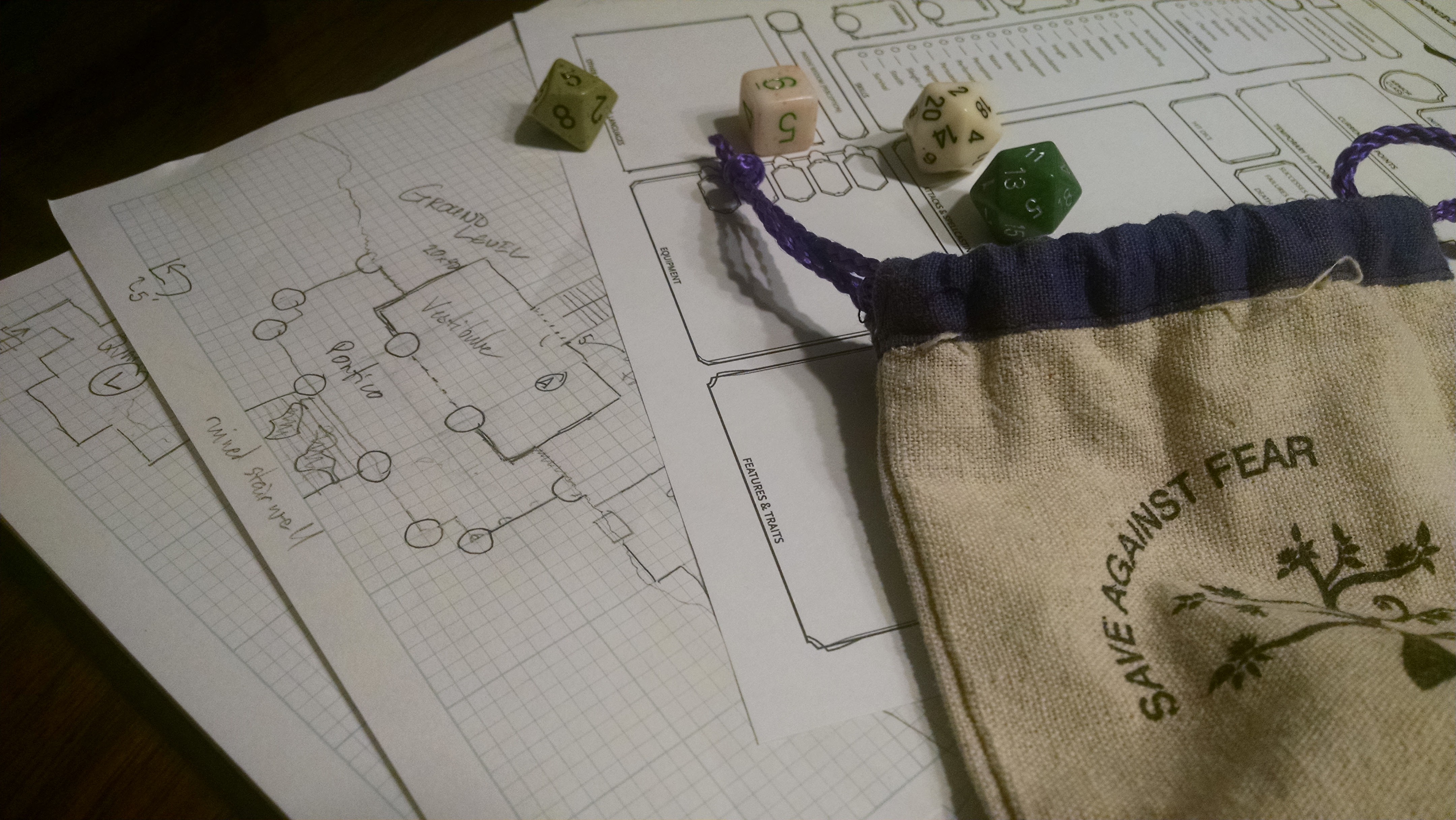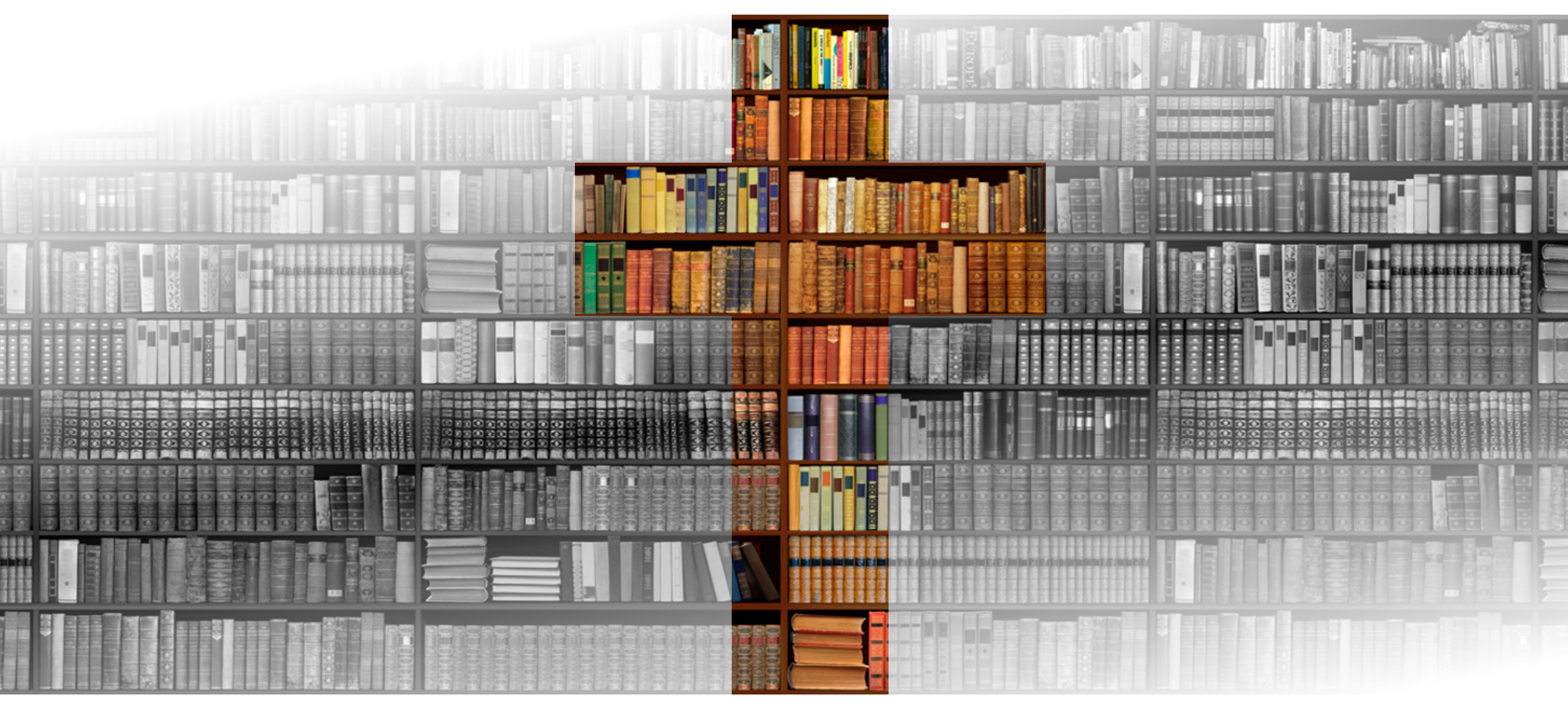A quick note: especially observant readers of the blog may notice that the title of this sub-series has been changed and that change has been populated backward to the last couple of entries. The URLs have been left untouched, but I think “Moral Universe” more accurately captures the essence of what these posts are covering, so I’ve edited the posts to the more accurate description. -Peter
Again, the devil took him to a very high mountain and showed him all the kingdoms of the world and their splendor. “All this I will give you,” he said, “if you will bow down and worship me.” -Matthew 4:8-9 (NIV)
My setting design series continues with further development of the moral universe. If you’re interested in seeing the previous entries in this series, here’s a link to the series.
This week, I’m going to cover something I’ve been hinting at for the last several posts but haven’t covered yet in the context of the setting I’m designing: corruption and redemption.
Corruption
Corruption is a big part of the moral universe in the setting, but unlike the alignment component, I’m a little hesitant to mechanize it. The reasons for this are twofold: first, if I mechanize it with corruption tables and attendant effects, that incentivizes anyone (even me!) who uses the reference I create to stick to just what’s in there; also, to be a bit less charitable, if I mechanize it with effects, that makes it tempting to “cheese” it at some point. The other reason is that I feel like there’s a lot of narrative potential there and don’t want to reduce it to a die roll.
So with that out of the way, here’s how corruption works in the game world: people (regardless of their mechanical race – dwarves, elves, centaurs, and hobgoblins are all as susceptible to this as humans) are a mix of good and evil, at least in terms of their impulses and drives. What people embrace and turn to can affect them in physical, external ways as well as internal ones.
Your average person, regardless of who they are or where they live, struggles on some level to do what’s right… …right up until they don’t. If you start to do things you know or don’t care are evil, at some point in time, some representative of primal evil will make your acquaintance. It probably won’t happen immediately, and it almost certainly won’t happen as a result of ordinary moral slips and failings. But if you start to embrace the darkness, the darkness will embrace back. This can look like several different things. An actual devil may show up with a contract, or maybe some dark power will grant you some magical abilities in exchange for unspecified services. Or not; maybe the power is just granted and you don’t know where it comes from. More often, though, a powerful evil character who themself has gone through this process will be the one making the bargains. Over time, this can manifest in any number of ways. Any “saint” ratings the character may have in virtue ratings will drop to “seeker” or lower – probably gradually. Often the justification for this will seem sound – pragmatism, shedding of naivety, realism, etc. The character will be able to convince others and often themselves that they haven’t really changed.
Once the character has shed all of their ratings of “Seeker” or better, they start to change more rapidly. Characters will take on the aspects of the undead, in some cases slowly transforming into one. The character can take on fiendish traits as well (perhaps transforming from a “normal” fantasy race into a tiefling) or weird unnatural ones (becoming something bizarre and Lovecraftian). The further the character walks down this road, the more of themself they lose, and their transformation will mirror their particular form of corruption. At some point, the character may be so far gone they look like one of the iconic metal “mascots” like Vic Rattlehead. That’s the point at which they’re the “furthest gone;” they might be theoretically redeemable, but – and this is the important part – have utterly lost the ability to resist whatever it was that started corrupting them. They might even want to on some dimly-remembered level, but they just can’t any more, at least not on their own. They’ll basically function as an exemplar of whatever vice or corruption they’ve fallen victim to. They’ll also get more powerful and amass more resources. Evil will be happy to pick up the bill, but power has a price, and that price is the terrible things they’ll do to make sure they get it. Characters this fallen will have at least one “Monster” rating in the morality axis of their alignment and may have several.
And at this point, they’re going to be the evil thing that makes the deal with other people being corrupted. And the cycle continues.
Redemption
Who is a God like you, pardoning iniquity and passing over transgression for the remnant of his inheritance? He does not retain his anger forever, because he delights in steadfast love. He will again have compassion on us; he will tread our iniquities underfoot. You will cast all our sins into the depths of the sea. -Micah 7:18-19 (ESV)
Fortunately, that isn’t the final word on the moral state of the world. What has been broken can be mended, what has been lost can be restored. An evil character that sincerely wishes to change – repents – can be redeemed and become whole again, no matter how far gone they are. They do not have to get there without help, though. Again, for emphasis: they do not have to get there without help. Some of the most successful redemption stories are those whose opening chapters were written by people who refused to relinquish someone they loved to the darkness.
They need not have loved that person for long.
A coworker of mine told me a story about their grandfather once, which I have stripped of identifying details for reasons I hope are obvious. A neighbor – not even a relative or really a friend – was struggling with addiction and the grandfather took this poor lost soul in. That person slept on his couch for years and was cared for by the grandfather. With the the aid and care of the grandfather, that person turned their entire life around.
If you prefer fictional examples, the classic I always go to is Jean Veljean and the Bishop of Digne. (And despite the fact that I’ve watched it dozens of times, I almost always tear up when I watch that video.) Jenny also has a version of this same iconic scene that she really enjoys – this one is in French (the original language Victor Hugo wrote in) and it’s here for your enjoyment.
If there are others who will not let the person go, or who can show the fallen some staggering act of mercy and forgiveness, there’s a chance to start the ascent upward out of corruption and back into grace. The process of rising looks a bit like the process of falling in reverse – “Monster” ratings will be discarded and traded in for less evil ones. Sometimes drastically less evil ones. If you reach for the light – for God – you will find strong arms reaching out to wrest you away from that which binds you.
There is no “typical” way this goes – sometimes people claw their way slowly and arduously out of the darkness, dragged steadily upwards by friends and loved ones. Some have a moment of clarity and cast evil off like a cloak. Whether their internal transformation is gradual or swift, however, their physical transformation will not be as swift or complete in many cases. To quote Minefield by Petra: “Some may feel they can wander out too far; they may heal but they may always wear the scar.”
However, that’s not the end of the story. The redeemed will almost always have to atone and make amends for what they did in their previous lives. This may be restitution or it may be far too late for that and they’ll try to pay things forward rather than back. And of course a moment of noble sacrifice is a time-honored trope in fiction, though I’d hasten to add it shouldn’t be the only tool you go to in these stories.
As Oscar Wilde famously said: every saint has a past and every sinner has a future.
Playlist:
Minefield by Petra – a favorite of mine about the dangers of corruption.
Gimme by Alice Cooper – probably one of the creepiest songs ever written and performed about temptation and corruption – this is how the Devil approaches us.
The Last Battle by Sabaton – one picture of what the start of atonement looks like. The song tells the story of a WWII German unit that went rogue and fought the SS alongside American troops at the very end of the war.





2 thoughts on “Setting Design Report, Part 4: Moral Universe, Part 3”
I’m curious – have you looked at the Corruption mechanic in The One Ring? It’s one of the few games out there that has any such mechanic (since it is based on a highly moral setting in Middle-Earth). I’ve run one TOR campaign, but we didn’t engage with much of the Corruption mechanics because all of the PCs in that game happened to be trying to be good people. But I liked how it modeled the idea that there can be corrupted/corrupting places as well as actions; how places where something truly terrible happened, or where an evil creature lived for a long time, remain corrupted for generations after, and just traveling through can wear you out spiritually and emotionally.
One thing I like in a homebrew design I have for Middle-Earth is a system where a character’s attributes decay as they become corrupted. I linked this to the idea of “the banality of evil”, and the idea that one thing that enables people to do the right thing, or a right thing, in a hard situation can be imagination or flexibility. So, for example, characters have an attribute called Bearing. It is their main social attribute, and it has to do with what other people feel when they walk in a room. Do heads turn? Are the listened to? Can they talk someone down rather than have to fight them? That sort of thing. If a character falls into corruption, Bearing can become corrupted and become Dread. It has a similar function, but is much more limited, and it is like the power that the Nazgul have – they turn heads when they arrive, but for all the wrong reasons. In a similar way Might becomes Force, Wits become Cunning, etc. There is a narrowing of options when one is corrupted.
Just something I thought I’d throw out there, if nothing else than because I like what it says about good and evil :)
I’m not familiar with One Ring beyond knowing it exists, but that’s pretty neat, and something like that may find its way into the setting – it’d certainly be fitting for the grinding oppression of the Grim Cities.
And the homebrew mechanics you mentioned are VERY cool! I think implementing them properly in this setting would require more game design than I want to put into this project, but if nothing else, it’s great roleplaying advice.
And I REALLY like the connection to the banality of evil; that’s probably something else that deserves some further exploration.